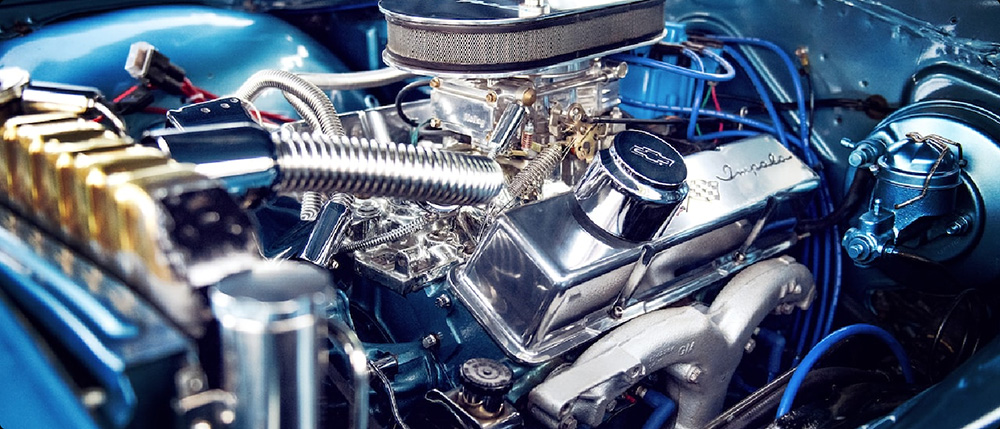Imagine a world where long-haul freight no longer depends solely on human drivers—where the hulking, powerful tractor trailers cruise seamlessly on highways, under the command of remote control technology. This may sound futuristic, but the rapid pace of technological innovation is turning this vision into a tangible reality. Remote control tractor trailers are emerging as a promising solution, not only to streamline freight transport but also to redefine safety, efficiency, and sustainability on our roads.

At its core, a remote control tractor trailer functions similarly to a remote-controlled drone or toy car, but on a colossal scale. Instead of a human driver occupying the cab, a skilled operator manages the vehicle from a centralized control station, often situated miles away. Equipped with sophisticated sensors, cameras, and AI integration, these vehicles can navigate highways, avoid obstacles, and follow precise routes with remarkable accuracy.
The concept of remote-controlled freight isn't entirely new—it echoes early experiments with unmanned vehicles and remote piloting systems. However, recent technological leaps in AI machine learning, vehicular sensors, 5G communication, and real-time data processing have transformed these ideas into practical, scalable systems. Today, companies around the globe are investing heavily in developing remote operation frameworks that can be deployed in real-world trucking environments.
One key driver behind this innovation is the quest to improve safety standards. Human errors—such as distracted driving, fatigue, or impaired judgment—are a leading cause of road accidents involving heavy trucks. By shifting the human element to centralized control centers, which are staffed by trained operators and monitors, the potential for accidents caused by driver error diminishes significantly. Moreover, remote-controlled systems can leverage machine learning algorithms to react faster to unpredictable road situations, further reducing risks.
Another compelling aspect of remote control tractor trailers is their potential to address driver shortages—a persistent issue in many parts of the world. As the demand for freight transportation escalates, especially in densely populated or rural areas lacking sufficient drivers, remote systems can fill this gap. Instead of deploying additional drivers, logistics companies can operate remotely controlled fleets with fewer personnel, reducing labor costs and expanding the reach of freight services.
From an operational standpoint, these vehicles also promise enhanced efficiency. Remote management allows for continuous, 24/7 operation—unrestrained by human rest periods or shift changes—that can accelerate delivery times and lower costs. Scheduled remote dispatching can optimize routes dynamically, considering real-time traffic, weather conditions, and cargo priorities. This level of control allows logistics companies to fine-tune their supply chains with unprecedented precision.
Environmental sustainability is another benefit that makes remote control tractor trailers particularly appealing. Optimized routing and reduced idling lead to lower fuel consumption, while the integration of electric or hybrid drivetrains with autonomous features could significantly reduce emissions. As the transportation industry faces increased pressure to lower its carbon footprint, remote-controlled freight solutions could become part of a sustainable future.
Of course, embracing such disruptive technology isn’t without challenges. Regulatory hurdles, cybersecurity concerns, and the need for robust safety protocols must be addressed before remote control tractor trailers can become commonplace. Governments and industry stakeholders are working collaboratively to develop standards and legislation that accommodate the new technology, balancing safety with innovation.
In terms of public perception, gaining trust is vital. Many people harbor concerns about unmanned vehicles sharing the roads with traditional trucks driven by humans. Transparency about safety measures, pilot programs, and real-world testing can help build confidence, demonstrating that remote-controlled freight can be not just a gimmick but a reliable, safe component of modern logistics.
Furthermore, the technological ecosystem supporting remote control trucking is rapidly evolving. Cutting-edge developments include the integration of AI systems capable of predictive maintenance, fault detection, and adaptive route planning. These advances contribute to higher uptime, fewer delays, and more predictable freight movements. As cloud computing and IoT (Internet of Things) devices become commonplace, these trucks will become smarter and more autonomous, ultimately paving the way toward full automation in freight transportation.
In essence, remote control tractor trailers are not just a technological novelty—they represent a paradigm shift in how goods are moved worldwide. From reducing operational costs to improving safety and environmental impact, they hold the promise to revolutionize logistics in the coming decades. But as with any revolution, careful planning, regulation, and public engagement will determine how swiftly and smoothly this transformation takes hold.
Stay tuned as we delve deeper into the practical applications, current pilot programs, and what the future holds for remote-controlled freight in the next part of this exploration.
Kpower has delivered professional drive system solutions to over 500 enterprise clients globally with products covering various fields such as Smart Home Systems, Automatic Electronics, Robotics, Precision Agriculture, Drones, and Industrial Automation.




































